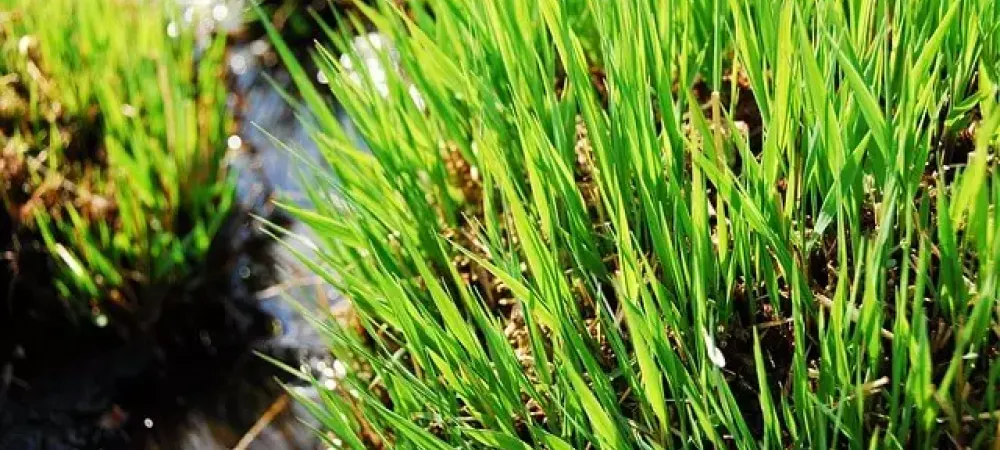Best Time To Water Your Lawn

Watering your lawn is an essential part of keeping it healthy and lush, but you’ll need to water your lawn differently depending on the season. Here’s a guide to the best times of year to water your lawn by season.
Spring
The warmer temperatures and longer days in spring kickstart lawn growth, so you’ll want to ensure your lawn has adequate hydration throughout this surge in growth. Before getting started in late April or early May, make sure your soil is moist by testing it with a soil probe every few inches from the surface down until you hit 3–4 inches deep. If there isn’t enough moisture at that depth, increase the amount of water until that depth has been reached.
Summer
When summer temperatures start heating up, grass often goes dormant as a way to preserve energy and prevent dehydration. During this time, grass will actually turn reddish or purple in color due to photosynthetic changes caused by drought stress. To avoid this issue, you should switch over to a summer watering schedule where you give your lawn an inch of water per week, whether through rain or manual irrigation.
Fall
As the weather begins cooling off again and nights become colder, it’s important to saturate the soil around the roots with several deep showers instead of just light daily sprinkles. This helps ease root shock suffered during periods of extended heat while also getting them ready for winter dormancy ahead when watering will not be necessary at all. When watering during this period, aim for roughly once or twice weekly, depending on rain levels.
Winter
During winter, the roots of grass plants slow their growth and won’t need additional water unless there are unusually dry conditions, such as weeks with little rainfall and bright sunshine for multiple days consecutively (yes, even in winter). Winter is also typically when snowfall provides plenty of natural moisture for grass, so manually hydrating shouldn't be necessary if sufficient precipitation occurs throughout most of winter's chillier months.
How Much Water Should Your Lawn Get?
Your lawn should get 1 inch of water per week, whether from manual irrigation or from rain. This amount of water is enough to keep your lawn healthy and hydrated throughout the year. If you're manually irrigating your lawn, it's important to use a method that distributes the water evenly across the entire lawn for optimal results. Additionally, keep an eye on the weather forecast to adjust your watering schedule.
Make Sure Your Lawn Has Enough Water
It’s important to know when your lawn has been sufficiently hydrated in order to avoid overwatering and drainage issues. To check if you’ve watered enough, simply press down firmly on a patch of grass with your thumb. If it springs back quickly, then there is plenty of moisture in the soil; if not, water until it does.
To get the most out of your watering, consider investing in a moisture meter or rain gauge to help you accurately measure how much water your lawn needs. Additionally, be mindful of any standing water on your property, as this can lead to fungus and other diseases that can harm your grass's health.
Get Professional Lawn Care Help
For help in creating an optimal watering schedule for your lawn, contact your local professional lawn care company in Agronomic Lawn Management! We can provide you with custom advice based on the type of grass you have and the climate of the area, as well as all the other lawn care services that will keep your yard healthy. This will ensure that your lawn looks its best year-round without having to worry about overwatering or under-watering.
